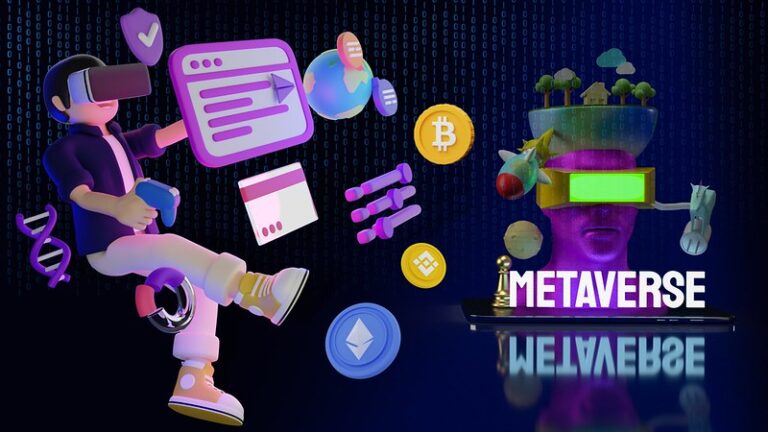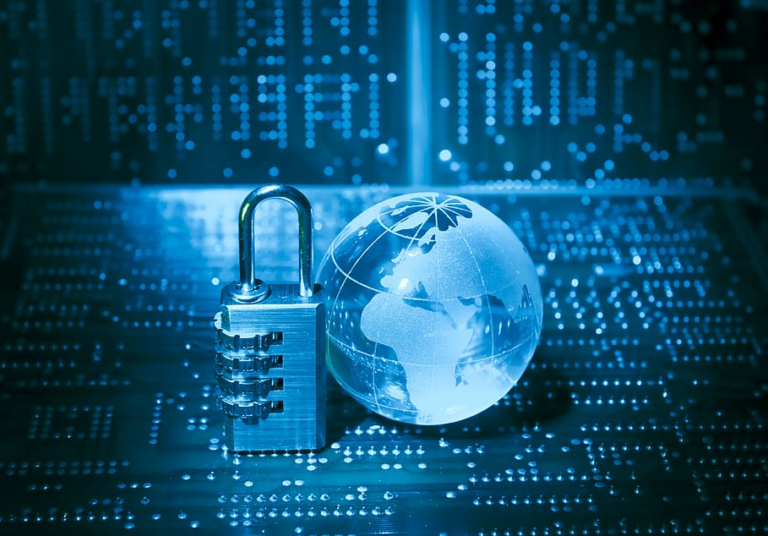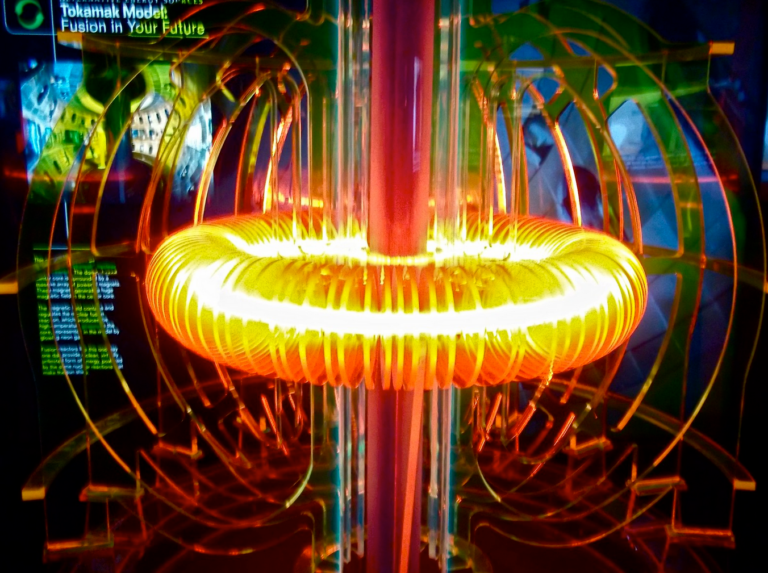Circular Economy
In a not-so-distant future, where environmental sustainability is no longer a choice but a necessity, technology is at the forefront of reshaping how we manage our precious resources. Enter the circular economy, a revolutionary concept that is harnessing the power of technology to transform the way we produce, consume, and reuse goods. Let’s explore how tech is revolutionizing resource management and paving the way toward a sustainable future.
The Circular Economy Unveiled
The circular economy is a departure from the traditional linear model of “take, make, dispose.” Instead, it embraces a system where resources are kept in use for as long as possible, and waste and emissions are minimized. Technology is the driving force behind making this transition not only possible but highly efficient.
Waste Reduction Through IoT Sensors
The Internet of Things (IoT) is playing a pivotal role in waste reduction. Smart sensors are being integrated into waste bins, enabling real-time monitoring of waste levels. This data-driven approach allows for optimized waste collection routes, reducing fuel consumption and emissions.
Recycling Reinvented with AI and Robotics
AI and robotics are making recycling more efficient and accurate. Robots equipped with AI can identify and sort recyclable materials from waste streams with remarkable precision, reducing contamination and increasing recycling rates.
Blockchain for Transparent Supply Chains
Blockchain technology is ensuring transparency in the circular economy. Consumers can trace the journey of products from raw materials to finished goods, making it easier to choose eco-friendly and sustainably sourced products.
3D Printing: On-Demand Manufacturing
3D printing is revolutionizing manufacturing by enabling on-demand production. This means fewer resources wasted on overproduction, reduced transportation emissions, and the ability to create products tailored to individual needs.
Sharing Economy and Collaborative Consumption
Tech platforms have popularized the sharing economy, allowing individuals and businesses to share resources such as vehicles and office spaces. This collaborative consumption model reduces the demand for new resources and promotes efficient resource use.
Energy Efficiency and Renewable Tech
Renewable energy sources and energy-efficient technologies are reducing the resource-intensive nature of traditional energy production. Solar panels, wind turbines, and smart grids are not only environmentally friendly but also financially sustainable in the long run.
The Role of Circular Design
Design thinking is integral to the circular economy. Products are being designed with durability, reparability, and recyclability in mind. Tech companies are leading the way in creating gadgets that can be easily disassembled and upgraded, reducing e-waste.
Economic Opportunities and Job Creation
Embracing the circular economy isn’t just about sustainability; it’s also an economic opportunity. Tech-driven resource management initiatives are creating jobs and fostering innovation in a new green economy.
Final Thoughts
As technology continues to advance, the circular economy’s vision of sustainable and efficient resource management is becoming a reality. It’s a future where waste is minimized, resources are conserved, and the planet is healthier. The circular economy is not merely an eco-conscious concept; it’s a blueprint for a better, more prosperous world—one where tech and sustainability coexist harmoniously.




